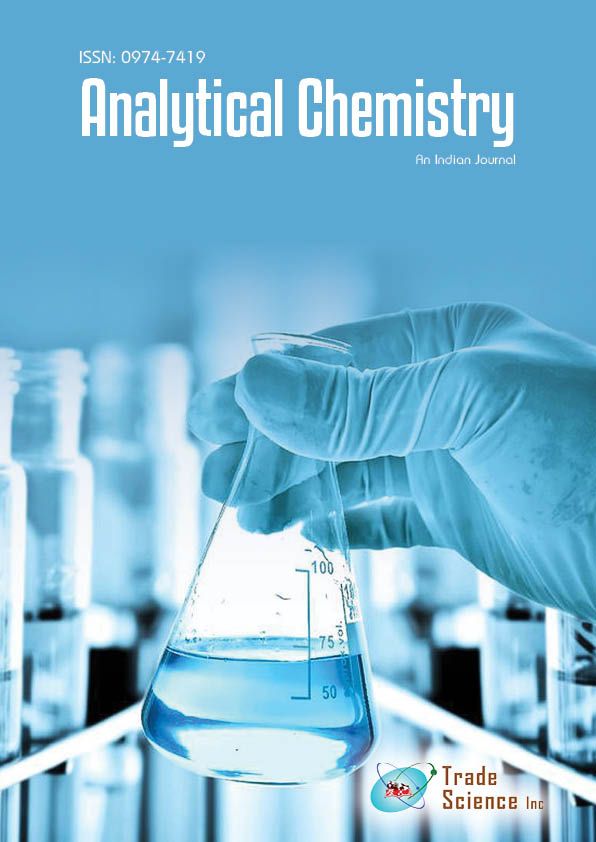抽象的
Fluorous Lewis Acid-Catalyzed Reactions Development
Ellena Gilbert
Organic synthetic technique in the twenty-first century strives to follow the principles of Green Sustainable Chemistry (GSC), and we may predict that GSC will become a major goal for chemical enterprises in the future. Synthetic organic chemistry's main goal is to develop waste-free and environmentally friendly industrial processes using Lewis acids like aluminium choride. The development of a "catalyst recycling system that harnesses the high activity and structural properties of fluorous Lewis acid catalysts" has been a fundamental technological goal of our work in this field. As a result, we've produced a range of new fluorous Lewis acid catalysts, including bis (perfluoroalkanesulfonyl) amides or tris (perfluoroalkanesulfonyl) methides of ytterbium (III), scandium (III), tin(IV), or hafnium(IV). In a Fluorous Biphasic System (FBS), in supercritical carbon dioxide, and on fluorous silica gel supports, our catalysts are recyclable and effective for acylations of alcohols and aromatics, Baeyer-Villiger reactions, direct esterifications, and transesterifications.
